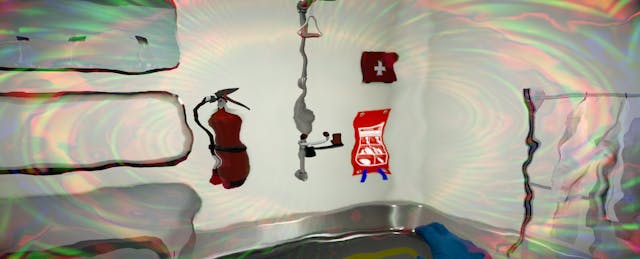Last summer, Cindy Malone had a problem. She found that the digital lab product she used as the professor for an introductory California State University, Northridge, biology class proved clunky, the grading system too difficult to use, the questions of poor quality.
When Malone complained to a sales representative, she learned the publisher had pulled support for the product. The timing couldn’t have been worse—her summer class started in less than two weeks. “It was a nightmare,” she said. “A complete nightmare.”
She remembered a different digital lab she’d read about in an emailed pitch. She contacted that company, Labster, and was assured she could have a digital lab up in time for the first day of class. Malone is now in her third semester with the product from Labster. And she isn’t the only one sold on the company.
Labster has raised $21 million in a Series B round led by Owl Ventures, with Balderton Capital, Northzone and Swisscom Ventures participating and Nordic Makers, David Helgason, EduCapital and Entangled Group making follow-on investments.
Copenhagen-based Labster, founded in 2012, plans to use the money toward content development and expansion in the U.S market, co-founder and chief technology officer Michael Bodekaer Jensen said. The company claims to serve classrooms in over 150 institutions worldwide with thousands of university and high school students using the company’s products every year. Most of its clients are in the U.S.
On Labster, students can conduct lab assignments in a digital version of a science lab, answering questions along the way to prove their understanding. The experience includes a mix of 3-D animated simulations along with assessments. It so far does not work on mobile devices.

The website lists almost 100 lessons in its catalogue, ranging from chemistry to genetics to diets. Lessons even cover emergency scenarios such as lab accidents—students go through the steps on what to do if they get acid in their eyes.
The company now has about 65 full-time employees and 40 contractors. They have cut down their simulation build time from nine months to less than a month, sometimes a week, for universities, colleges and high schools worldwide. Past and current clients include Hong Kong University, Stanford University and University of California, Berkeley. The average cost per student per year is around $50, Bodekaer Jensen said.
Labster previously raised $525,000 in seed funding in 2012. In 2017, the company raised $10 million in a Series A led by Balderton.
One of its biggest projects to date is an online biology program built with Arizona State University, Lenovo and Google, which debuted in summer 2018. ASU did not pay for development, just the cost of licensing Labster. Neither ASU or Labster would say how much ASU paid in licensing.
ASU connected with Labster about four years ago to build a general biology course online, said Philippos Savvides, who oversees learning technology strategy for ASU Online. The three companies and ASU then built a series of online courses that students can use toward a bachelor’s degree in biology. These courses can be completed in about eight weeks, or about half the length of their offline counterparts. The third and last of those courses will launch in July.
Savvides said 800 students signed up at launch for the program and that ASU is now exploring online courses in other subjects like astronomy. He said he’d like to see Labster build out its content library into other STEM fields.
If 2019 is Labster’s year to grow in the U.S., the company will set its sights worldwide next year, he said. Asia and Africa are markets the company is interested in, along with pursuing corporate clients, Bodekaer Jensen said.
As for Malone, the CSUN biology professor, she saw her class fail rate drop from 20 percent with a previous digital lab product to 5 percent with Labster. She used the product for 100 students in her summer class and a fall course with 700 students in total.
Without the budget for a full lab, which could cost around $100,000, she found her students enjoyed using a mouse to move pipettes and vials and thought they received more individual attention just using a simulation rather than partnered or grouped with other students for labs.
Malone said she hopes the company invests in more simulations for introductory students, including a dissection lab.


